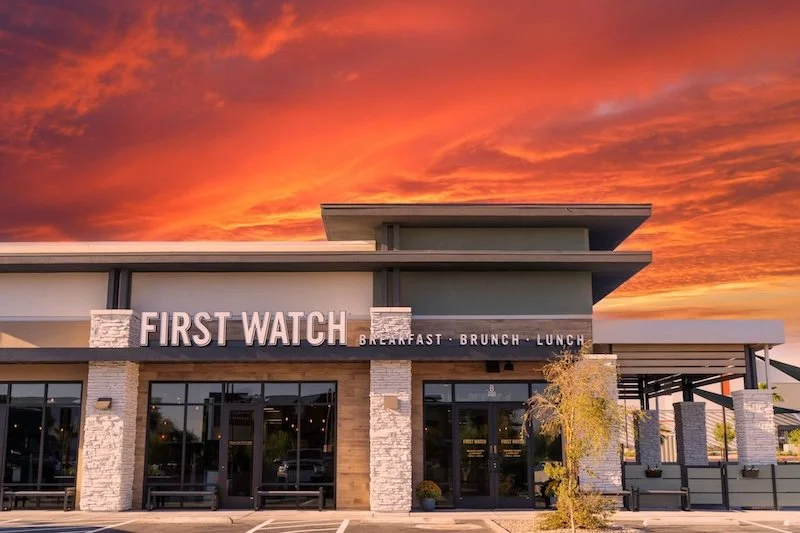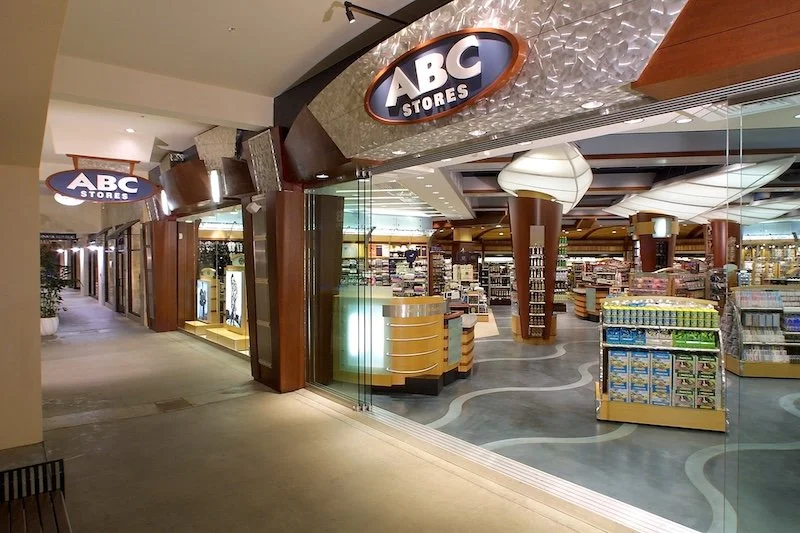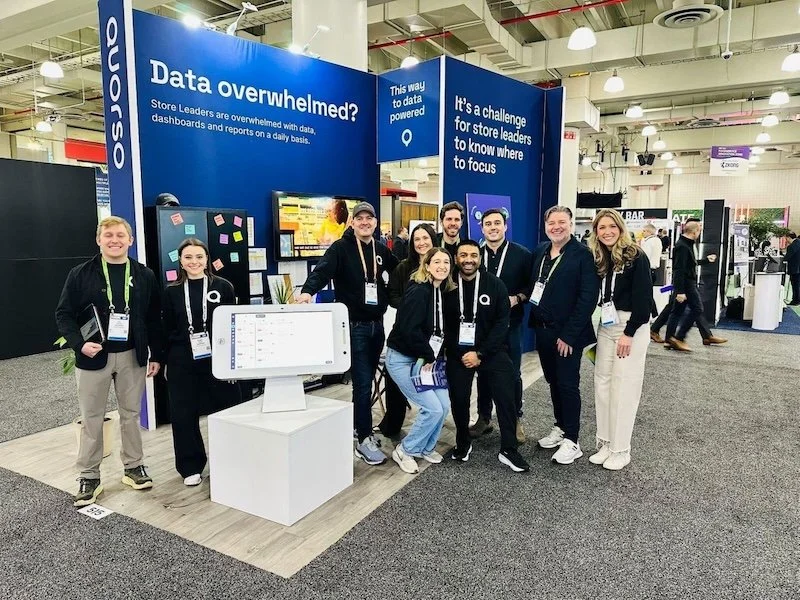Check out how Blake Resnick is redefining public safety with American made drones
In 2017, tragedy struck Las Vegas in what became the deadliest mass shooting in US history. Amid the chaos and aftermath, one teenager found himself asking a powerful question that would change the trajectory of his life: "What if there was a better way to get eyes and ears on a situation without putting first responders or innocent people in harm's way?"
That teenager was Blake Resnick. Rather than simply pondering the question, he picked up the phone and cold-called the Las Vegas Metropolitan Police Department's SWAT team to learn firsthand what tools were missing on the frontlines of public safety. What he discovered was a massive gap in the market—the technology existed, but it wasn't being applied in a way that could really save lives or protect people.
"That event hit incredibly close to home," Resnick recalls of the shooting in his hometown. "It was one of those moments where I couldn't stop thinking about how technology could play a role in preventing or responding to tragedies like that." From there, he began diving into the idea of drones as tools for public safety—drones that could go beyond traditional consumer applications and actually serve as critical tools in dangerous scenarios.
From Vision to Reality
By 2018, Resnick had founded BRINC Drones with a mission that has remained unchanged: saving lives and protecting people, whether first responders, civilians, or even suspects in high-risk scenarios. His unconventional background proved perfectly suited for the challenge ahead. A Las Vegas native who left Northwestern University at 17 to pursue hands-on innovation full-time, Resnick was bolstered by a Thiel Fellowship grant that allowed him to build instead of sit in classrooms.
The company's first breakthrough came through direct collaboration with the Las Vegas Metropolitan Police Department's SWAT team. Working closely with officers who understood the real-world challenges, Resnick developed the LEMUR drone—a tactical indoor drone specifically designed to meet the unique demands of dangerous operations.
The LEMUR's features were engineered for precision and resilience in scenarios that would disable conventional drones. Equipped with enclosed propellers and collision resistant algorithms, it could navigate confined indoor spaces during hostage situations or encounters with barricaded suspects. When an officer at that first meeting tipped the prototype onto its back to demonstrate its vulnerability, Resnick went back to the drawing board and developed an innovative "turtle mode" that allows the drone to flip itself upright if overturned.
Today's LEMUR 2 represents the evolution of that original vision. It features HD video, infrared night vision, thermal imaging, two-way audio communication, and proprietary LiDAR navigation that enables flight in GPS-denied environments like underground spaces or inside buildings. Built for high stress scenarios, it includes practical tools like a glass breaker, payload dropper, and floodlight that provide tangible benefits when seconds matter most.
Beyond Tactical: A Revolutionary Response System
While BRINC's tactical solutions garnered early attention, Resnick's vision extended far beyond SWAT operations. In May of this year, the company unveiled what represents a fundamental rethinking of emergency response itself: the Drone as First Responder (DFR) solution.
The DFR system promises to reach 911 calls in under 70 seconds - a game-changing capability that fundamentally alters how public safety agencies can respond to emergencies. Instead of waiting for officers or firefighters to navigate traffic clogged streets, agencies can deploy a drone instantly and get real-time situational awareness before human responders even arrive.
"The biggest problem we're solving with this speed is the delay in situational awareness," Resnick explains. "Traditionally, first responders don't know exactly what they're walking into until they're physically on the scene, which can waste valuable time and put lives at risk."
The DFR ecosystem encompasses more than just drones—it's a fully integrated system combining the Responder drone, strategically placed Responder Stations throughout cities, and LiveOps software that provides a central hub for managing operations remotely. The system integrates seamlessly with existing infrastructure, including computer-aided dispatch systems, 911 call centres, and digital evidence management systems.
Early results have been remarkable. The DFR program has demonstrated the ability to cut response times by 54% and can resolve up to 25% of calls without dispatching officers, alleviating pressure on overburdened departments facing staffing shortages and budget constraints.
But speed isn't the only advantage. In medical emergencies like overdoses, a drone can deliver life-saving supplies like Narcan, AEDs, or EpiPens to the scene in under a minute, potentially saving lives before an ambulance arrives. For law enforcement scenarios, officers can get comprehensive situational awareness before they're physically at risk, enabling better de-escalation and smarter decision-making.
Real-World Impact and Expanding Reach
The tangible impact of BRINC's technology extends well beyond response time statistics. More than 500 public safety agencies now use BRINC devices, with over 150 agencies moving toward city-wide 911 drone response programs. More than 10% of SWAT teams in the United States rely on BRINC's technology to safeguard lives and de-escalate dangerous situations.
BRINC's involvement in major disaster response efforts demonstrates the versatility of the platform. During the devastating Turkey earthquakes of February 2023, BRINC's LEMUR S drones flew nearly 50 missions over six days, collaborating with USAID, the U.S. State Department, the Department of Defense, and Turkey's Disaster and Emergency Management Authority. The missions focused on urban search and rescue, specifically reconnaissance of structurally compromised buildings and identifying remains in areas too dangerous for responders to access directly.
More recently, BRINC partnered with the OMADA Group to transform water rescue operations, combining advanced drones with expertise in first-responder safety equipment. Agencies across the U.S. and Canada can now deploy Responder drones equipped with Restube Automatic flotation devices that deploy instantly upon contact with water, reaching victims in seconds while providing real-time situational awareness to rescue teams.
Building Trust Through Transparency
Central to BRINC's philosophy is a commitment that has remained unwavering since day one: the decision not to weaponize its drones. "For us, it's about ensuring that our technology is seen as a tool for saving lives, de-escalating dangerous situations, and protecting people - not as something that could be used to inflict harm," Resnick emphasises.
This commitment to unarmed systems has proven crucial for building community trust. The company has developed features like a public transparency portal, reflecting a thoughtful understanding of current concerns about surveillance and accountability in public safety technology. By focusing on tools that help first responders gather information, respond faster, and make better decisions while minimising risks for everyone involved, BRINC provides solutions that align with what communities want from public safety technology.
Recognition and the Road Ahead
Resnick's leadership has earned recognition across the tech and entrepreneurial world. He became a Thiel Fellowship recipient and was featured on Forbes' "30 Under 30" list, with his work regularly covered in top-tier media outlets including Forbes, Bloomberg, and Business Insider.
But for Resnick, the real validation comes from the field. "Every time I hear a story about one of our drones helping resolve a dangerous situation without anyone getting hurt, or saving a life by delivering something like Narcan, it reinforces why we do this work," he reflects. "It's proof that the tools we're building can make a tangible difference."
As BRINC continues to scale, working to eliminate regulatory hurdles such as the need for visual observers to conduct beyond visual line of sight missions, the company represents more than just technological innovation. It embodies a new model for how American manufacturing, public safety, and community trust can work together.
Through BRINC, Resnick isn't just building drones - he's building the future of public safety itself, one emergency response at a time.































Continue reading…